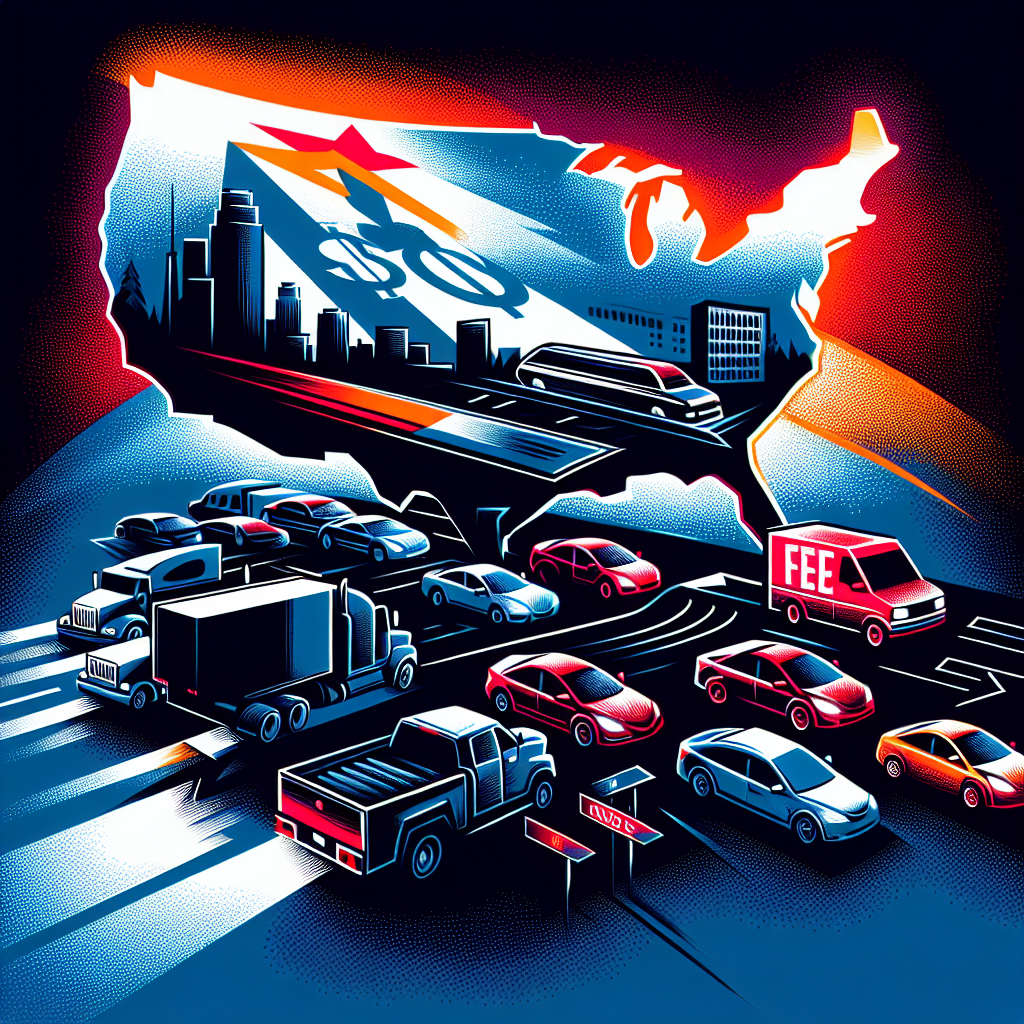Out-of-State Vehicle Transfer: A Guide to California’s Fees
Introduction
Moving your car from another state to California may seem hard, but knowing the fees can help a lot. California has its own rules for registering an out-of-state car. This guide will help you understand the paperwork, inspections, and, most importantly, the fees you need to pay.
Understanding the Basics
When you bring your car to California, there are new rules and fees to follow. These rules are because California cares a lot about the environment and safety. The California Department of Motor Vehicles (DMV) is in charge of making sure car transfers follow the law to keep roads safe and the air clean.
What You Need for Vehicle Transfer
Important Paperwork
To move your car to California, you need some important papers:
- The title and registration from the state where you lived before.
- A smog certificate to prove your car is good for California’s air standards.
- Verification of the Vehicle Identification Number (VIN) to make sure your car is the right one.
Vehicle Inspection
Checking your car is important for all out-of-state cars coming to California. Here’s what will happen:
- Your car will be inspected to see if it meets California’s safety and emission rules.
- You can book an inspection with the DMV when you set up your registration appointment.
California’s Fees
California’s fees can look complicated, but let’s break them down:
Registration Fees
Registration fees depend on a few things:
- Vehicle type and weight: Bigger cars might cost more.
- Location-based fees: Fees can change depending on your county or city.
- Other factors: The age of your car and your driving history can change the fee too.
Use Tax
When you arrive in California with a new car, you usually pay a use tax:
- This tax is based on your car’s price or market value, whichever is higher.
- If you paid sales tax in another state, you might get a credit for that.
Extra Costs
Here are some other costs you might face:
- Emissions testing fees if your car needs a smog check.
- Penalty fees if you register your car after the deadline.
- Extra miscellaneous processing fees might come up based on your situation.
Steps for Vehicle Transfer
Here’s an easy guide to help you:
- Gather your documents and get your car ready for inspection.
- Book an appointment with the California DMV.
- Have your VIN verified to confirm your car’s identity.
- Submit your paperwork and pay the fees at the DMV office.
- Get your new California license plates and registration.
FAQs About Out-of-State Car Transfers
- Do I need a smog check for my car? Yes, unless your car is exempt, like some hybrids and electric cars.
- What if my car is leased or financed? You’ll need paperwork from your leasing company to transfer the title.
- Are there military exemptions? Yes, active duty military may have special rules.
Tips for a Smooth Transfer
- Start early: Get your papers ready before you start.
- Smog check locations: Find a certified location near you to avoid delays.
- DMV Help: Contact the California DMV for any questions.
Conclusion
Understanding California’s car registration and fees is key to a smooth move. By getting your documents ready and following the steps, you can easily transfer your car to California. If you need more help, contact the California DMV or visit an office nearby.
Extra Resources
- California DMV Vehicle Registration
- California Smog Check Info
- Find your local DMV office on the DMV website.
Call to Action
Don’t hesitate to visit our Tags Clinic at 3845 University Ave, San Diego, CA for vehicle transfer helps. You can also call us at 619-777-9046 for more information. You’re Welcome to get more details on our website tagsclinic.com. We can’t wait to help you!

Leave a Reply